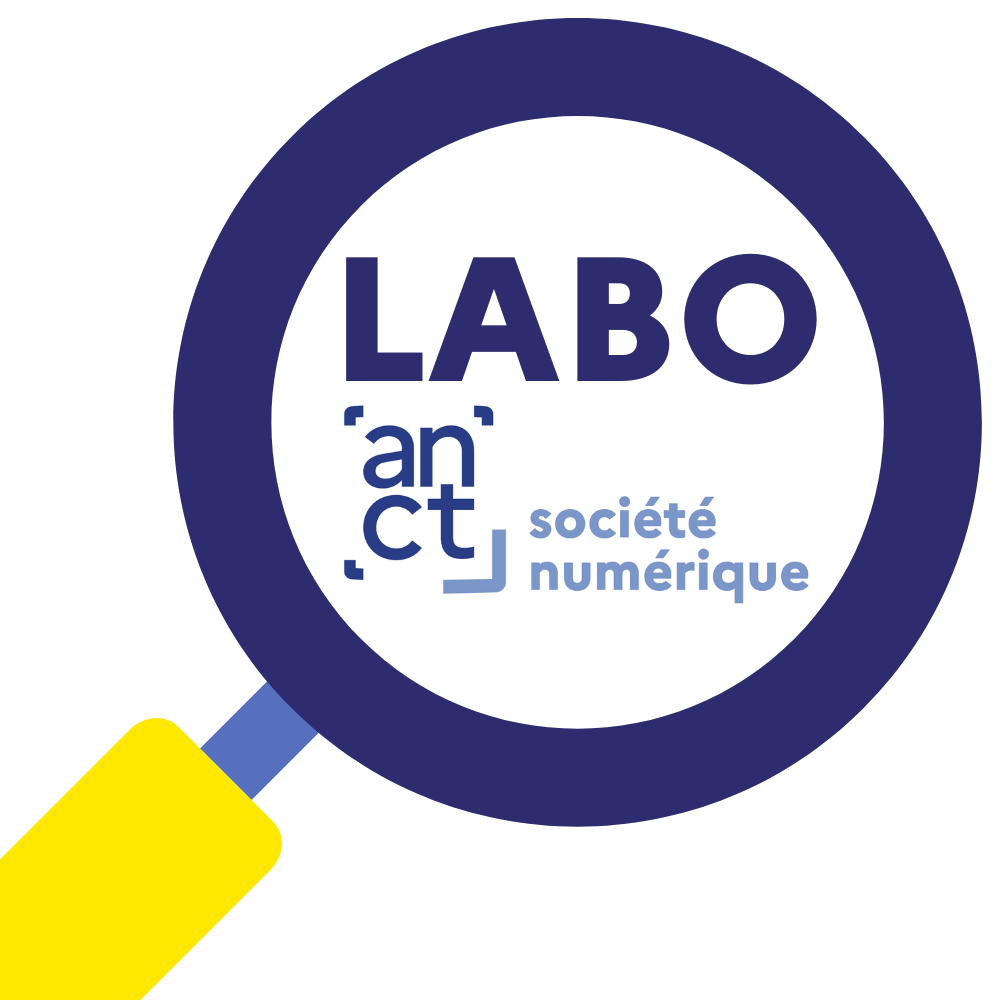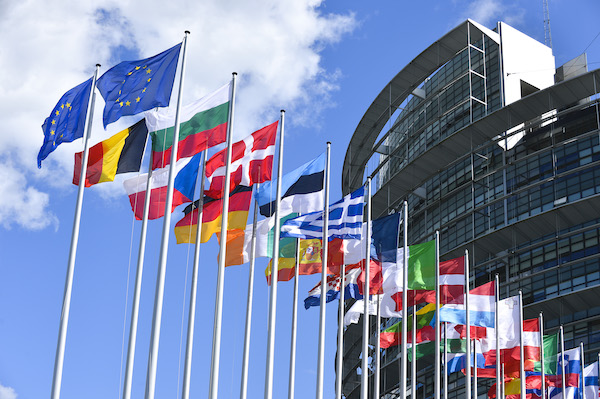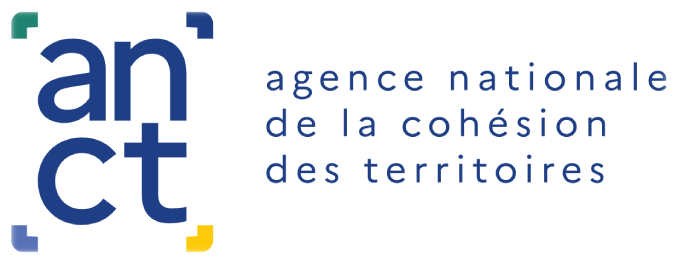Each year, the General Delegation for the French Language (DGLF) devotes a chapter of its Report to Parliament on the use of the French language to the situation of the French language in the European institutions.
The Conseil d'orientation de l'édition publique et de l'information administrative (COEPIA) for its part, looked at multilingual information for European citizens in 2017.
European Parliament
As part of the European Parliament's commitment to transparency, citizens of the Union have the right to closely follow the activities of their elected representatives. To this end, COEPIA observes, "the European Parliament has put in place a number of tools to help citizens follow its activities, in particular its work as co-legislator. The main tool for communicating parliamentary activities to citizens is the register of Parliament documents. Designed as a research tool, this register contains documents drawn up and received by the European Parliament since 2001. These documents are available in electronic format and in 24 languages.According to the DGLF, the European Parliament "has the most multilingual site of the European institutions. Its homepage is translated into the 24 official languages of the European Union. The reports of the plenary sessions, the working documents and the videos (subtitled) are also proposed in all the languages of the EU. Most of the site is available in French as well as in English and German, except for the conferences/events in English and the news of the Secretary General".
European Commission
The Commission's strategy for multilingualism was set out in its communication of 22 November 2005. One of the objectives of this strategy is to give citizens access to European Union legislation, procedures and information in their own language.The COEPIA points out the multilingual initiatives of the European Commission ("Europe for citizens", "Dialogue with citizens", "Your Europe", "Europe advises you") aimed at "helping citizens to know how European legislation affects them, what their rights are when they move to another country and how they can exercise them in practice" .
The COEPIA has considered, in particular, the language policy of the Europa portal, intended for citizens: "to inform in the own language or in the language that can be understood by citizens".
- This policy is defined according to the type of information sought (legislation and politically important documents: publication in all official languages; official documents: documents available at least in the languages that were official at the time of their publication.
- Non-legally binding documents are generally published in English, French and German; general information: publication in all official languages; urgent or ad hoc information: publication initially in one language only, depending on the target audience.
- Other languages can be added later, depending on the needs of the users; specialized information (technical information, campaigns, tenders) and news/agenda: publication in a limited number of languages, or even in only one, the choice depending on the target audience).
- The number of languages available on the pages of EUROPA, adds the COEPIA, depends on a certain number of constraints (the budgetary limit related to the translation, the importance of the document, the cost/utility ratio, the urgency, the technical constraints) which make that certain sites are available only in two or three languages, even only one.
- There is currently no legal obligation to translate web content developed by the Commission in its entirety into all official languages.
The websites of the European Commission's Directorates-General (DGs)
The situation is more problematic on the websites of the Commission's Directorates-General (DGs)- 6 websites are in English only (compared to 7 in 2015).
- 8 websites are almost exclusively in English
- 7 DGs have a website partially translated into French (40 to 80% of content available in French)
- 13 DGs have a website where almost all or all of the content is available in French
- In general," adds the DGLF, " the results are much more positive than the previous year, with 20 sites partially or fully translated into French in 2016, compared to 17 last year, and clear progress on the translation of all the content of certain DGs. However, from a qualitative point of view, the lack of translation of the content of the DGs in charge of topical or crucially important legislative areas is regrettable.
- Regarding the respect of multilingualism, 8 websites are translated into 21 or more official languages of the EU, i.e. a quarter of the DGs.
- 7 websites favour the use of trilingualism in English, French and German. We can also note that, in a majority of cases, the news and events sections of the DGs are only available in English".
European External ActionService (EEAS)
Less than half of the content on the EEAS website is available in French.Council of the European Union
"The assessment made last year has not changed in 2016," the DGLF observes. "The content of the Council of the European Union's website respects the principle of multilingualism and is thus accessible in French and the 23 other official languages of the EU, with the exception of recent minutes or communiqués, which are available only in English. News documents are no longer posted simultaneously in English and French and then translated into the other languages. They are now translated into French at a later stage, at the same time as the other languages.Committee of the Regions (CoR)
The DGLF notes"neither a decline nor an advance in the use of French, with three quarters of the content being accessible in French. While most of the content presenting the institution and its activities is available in French and the 23 other official languages of the EU, there is some concern, in terms of accessibility and transparency for European citizens, about the omnipresence of English as the language of reports and documents published by the Committee. Indeed, all interviews and newsletters are available exclusively in English, as well as all the contents of the "Documentation" section (in which the CoR's studies, brochures and archives are available) and "Participate". In this respect, from a qualitative point of view, there has been a decline in the use of French and, as a result, a risk of inaccessibility of the Committee of the Regions' content for French citizens.The Court of Justice of the European Union and the European Economic and Social Committee
All content is available in French and in all other official languages of the European Union.European Agencies
"The content of the agencies' websites is mostly available exclusively in English, reflecting the trend towards monolingualism and the decline of French in the production and publication of scientific documents, and the setting up and monitoring of projects, the main prerogatives delegated to the European Union agencies.- Of the 42 agencies surveyed, 26 have a website available exclusively in English, 7 offer a partial translation of their content into French, while 9 have almost all of their content available in French.
- Multilingualism is respected in 8 cases where content is translated into at least 23 official languages, while trilingualism is required in 5 cases, with content available in English, French and the official language of the country in which the agency is located.
Communication on social networks
On Twitter as on Facebook, all institutions communicate in English, with the notable exception of the European Parliament, which also communicates in French, notably via the network of information offices in each Member State. The agencies, on the other hand, do not have active accounts on social networks.Références :





